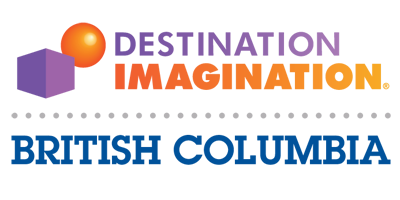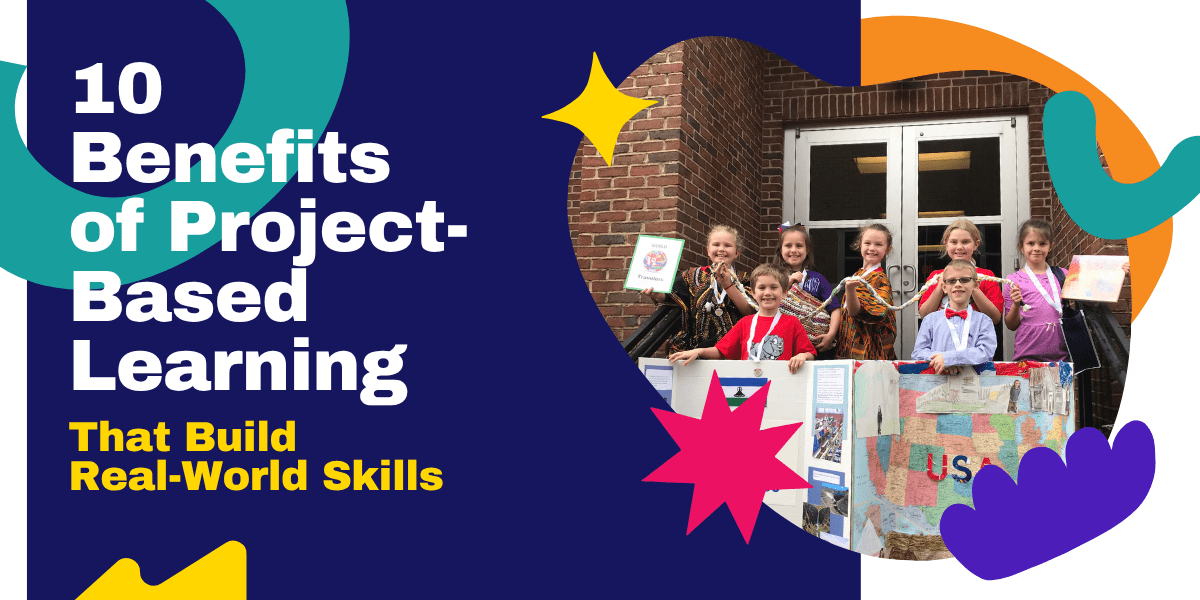Project-based learning (PBL) is more than just a teaching method; it’s an immersive, hands-on experience that ignites curiosity, nurtures creativity, teaches life and career skills, and prepares us for the challenges of the real world. According to research conducted by The Autodesk Foundation, studies have shown that project-based learning is linked to significant improvements in student test scores, attendance, and classroom engagement. It also gives teachers the opportunity to build stronger relationships with their students by acting as hands-on learning facilitators. In essence, PBL is an instructional method where students collaborate with others and “learn by doing.” The same skills learned through PBL are also many of the skills sought by employers.
Check out 10 benefits of project-based learning and how it can better prepare kids with life skills that set them up for future success.
- Collaboration: Collaboration is one of the most important skills a child can learn—and it’s at the heart of PBL. Working in groups gives students the chance to share ideas, listen to others, and build something together. Shy kids learn to use their voices, while natural leaders practice stepping back and making space for different perspectives. In the process, they begin to realize that the best teamwork happens when everyone feels heard and valued.
- Problem-Solving: When kids run into a tough problem, frustration can set in fast. In PBL, students are bound to face obstacles as they work through a project. Through practice, they learn how to take a breath, reflect on what’s not working, and try again with a new approach. Each challenge becomes an opportunity to experiment, learn from mistakes, and build confidence in their ability to figure things out.
- Creativity: Creativity is a powerful skill that not only fuels innovation and inspires artistic expression but also supports a child’s overall well-being. And while some people may seem naturally more creative, creativity—like many skills—can be developed through practice. In PBL, projects are open-ended, giving students the freedom to explore their own ideas, follow their curiosity, and bring their imagination to life. As students experiment and create, they often discover new interests or hidden talents they didn’t know they had. That process not only builds confidence but also helps them find joy and meaning in learning.
- Critical Thinking: Critical thinking helps students make sense of information and the world around them. In PBL, they learn to ask better questions, look deeper into problems, and make thoughtful choices based on what they discover. Instead of memorizing, they practice analyzing, comparing, and reasoning—the kind of thinking that leads to real understanding.
- Communication: Every project gives students a reason to speak up and share their ideas. They learn how to explain their thinking, listen carefully to others, and work toward a common understanding. Whether they’re giving a presentation or talking through next steps with teammates, PBL helps students communicate with clarity, confidence, and purpose.
- Subject Knowledge: PBL helps students see how what they learn in class connects to real life. Instead of memorizing facts, they apply their knowledge in meaningful ways—testing ideas, gathering information, and solving authentic problems. Learning becomes something they build through experience, not just something they hear or read about.
- Project Management: Every great project starts with a plan. Through PBL, students learn how to set goals, organize their ideas, and manage their time and materials. They practice breaking big tasks into smaller steps, communicating with teammates, and adjusting when things don’t go as expected. Over time, they see that planning and persistence are what turn great ideas into real results—both in school and in life.
- Self-Confidence: When students see their ideas come to life, their confidence grows. PBL gives them opportunities to take initiative, share their work, and learn from feedback. They discover that progress matters more than perfection—and that with persistence and creativity, they’re capable of more than they thought.
- Adaptability: Projects don’t always go as planned—and that’s where some of the best learning happens. In PBL, students learn how to adjust their approach, explore new strategies, and stay positive when things change. They discover that flexibility is a strength, not a setback. Each time they adapt, they build confidence in their ability to handle challenges and keep moving forward.
- Resilience: PBL helps students understand that mistakes aren’t failures—they’re part of the process. When things don’t go as expected, they learn to reflect, try again, and keep moving forward. Over time, they build resilience—the confidence to face challenges, recover from setbacks, and keep learning no matter what.
Project-based learning transforms classrooms into places where curiosity, creativity, and confidence thrive. It gives students ownership of their learning and helps them to see challenges as opportunities for growth.
For teachers, PBL is a reminder of why learning matters—it turns lessons into experiences and content into connection. By guiding students through meaningful, hands-on projects, educators help them build the skills and self-belief to shape their own future.
Whether in the classroom or through enrichment programs, PBL lays the foundation for creativity, collaboration, and resilience—and gives every child the confidence to thrive, no matter what comes next.

